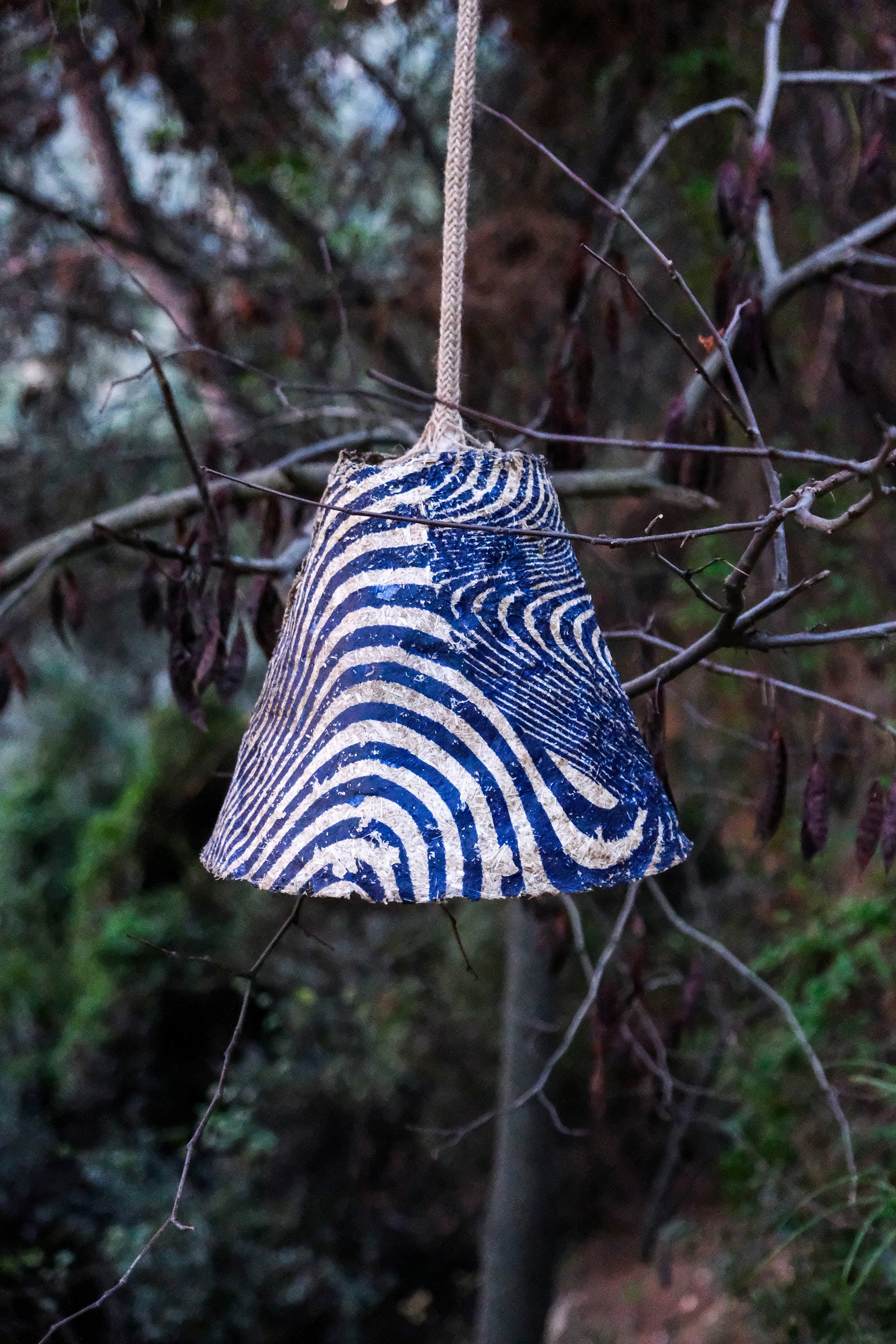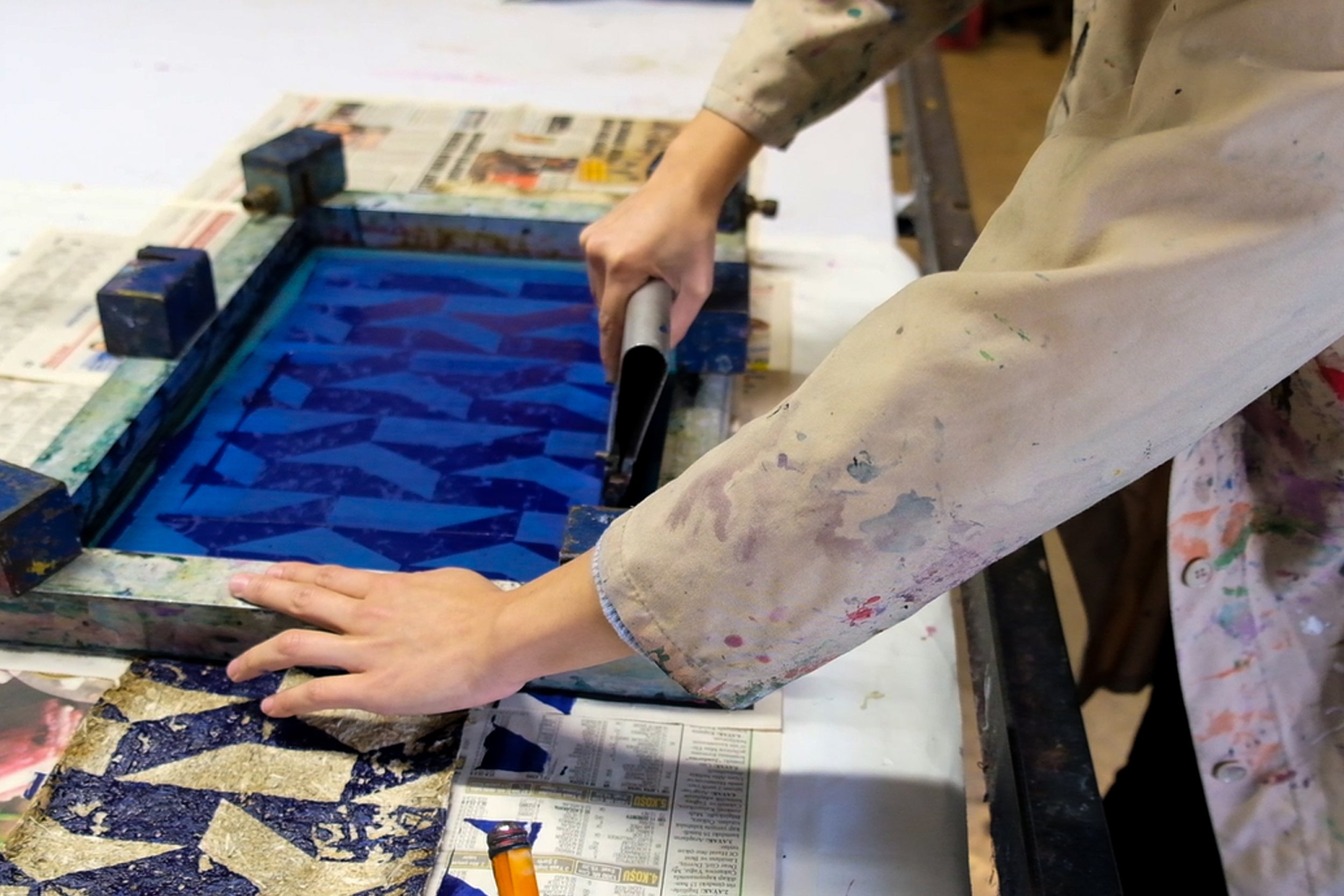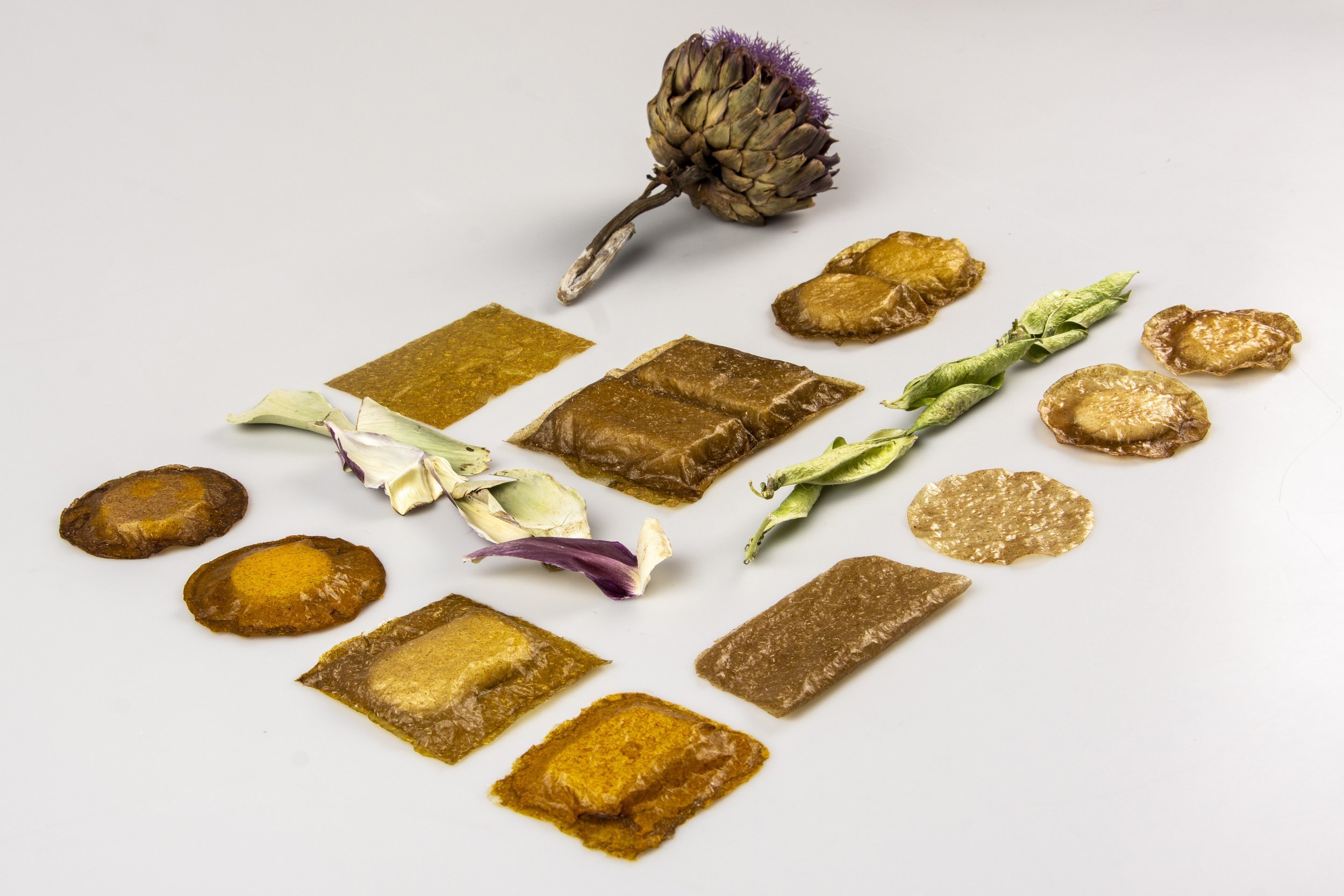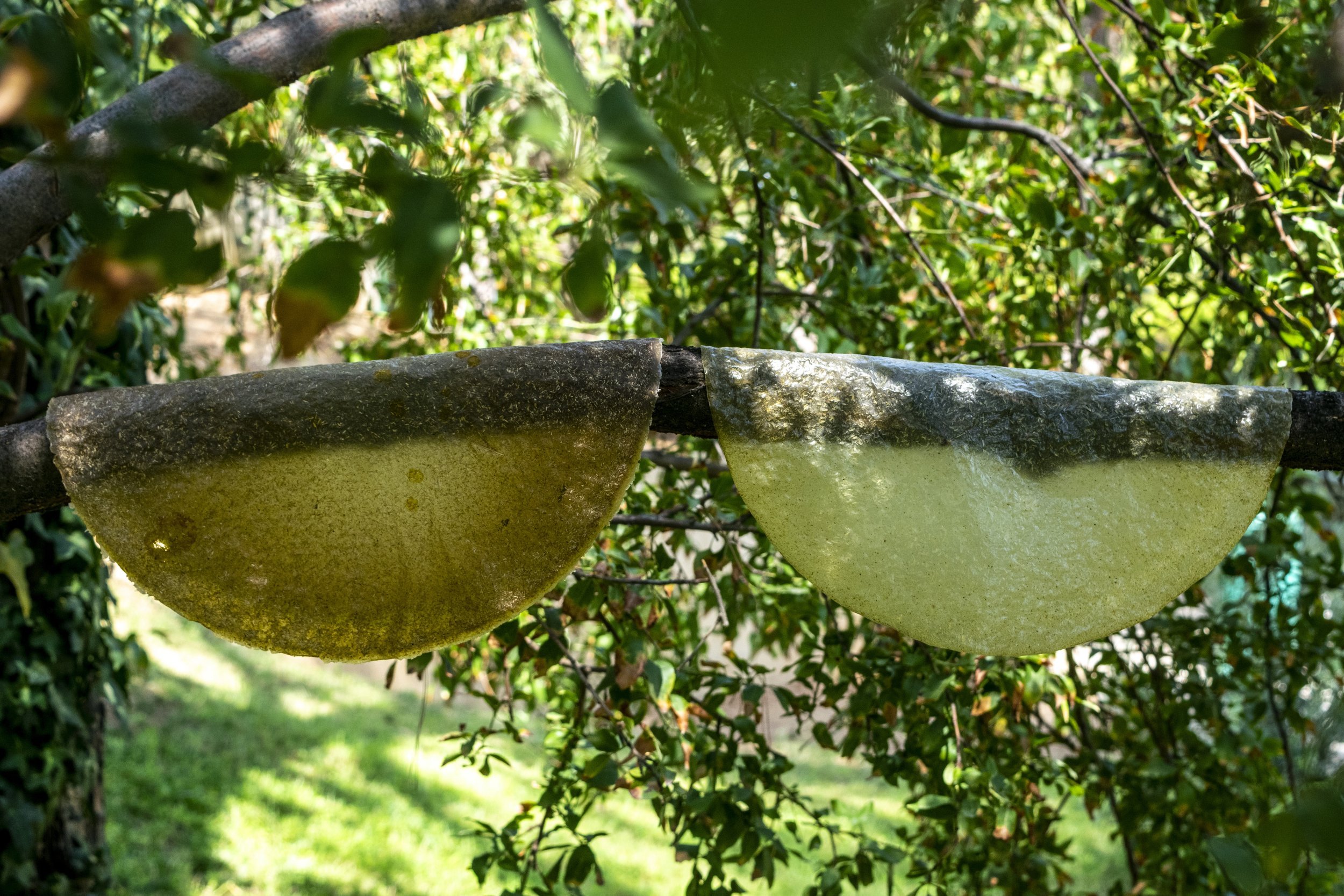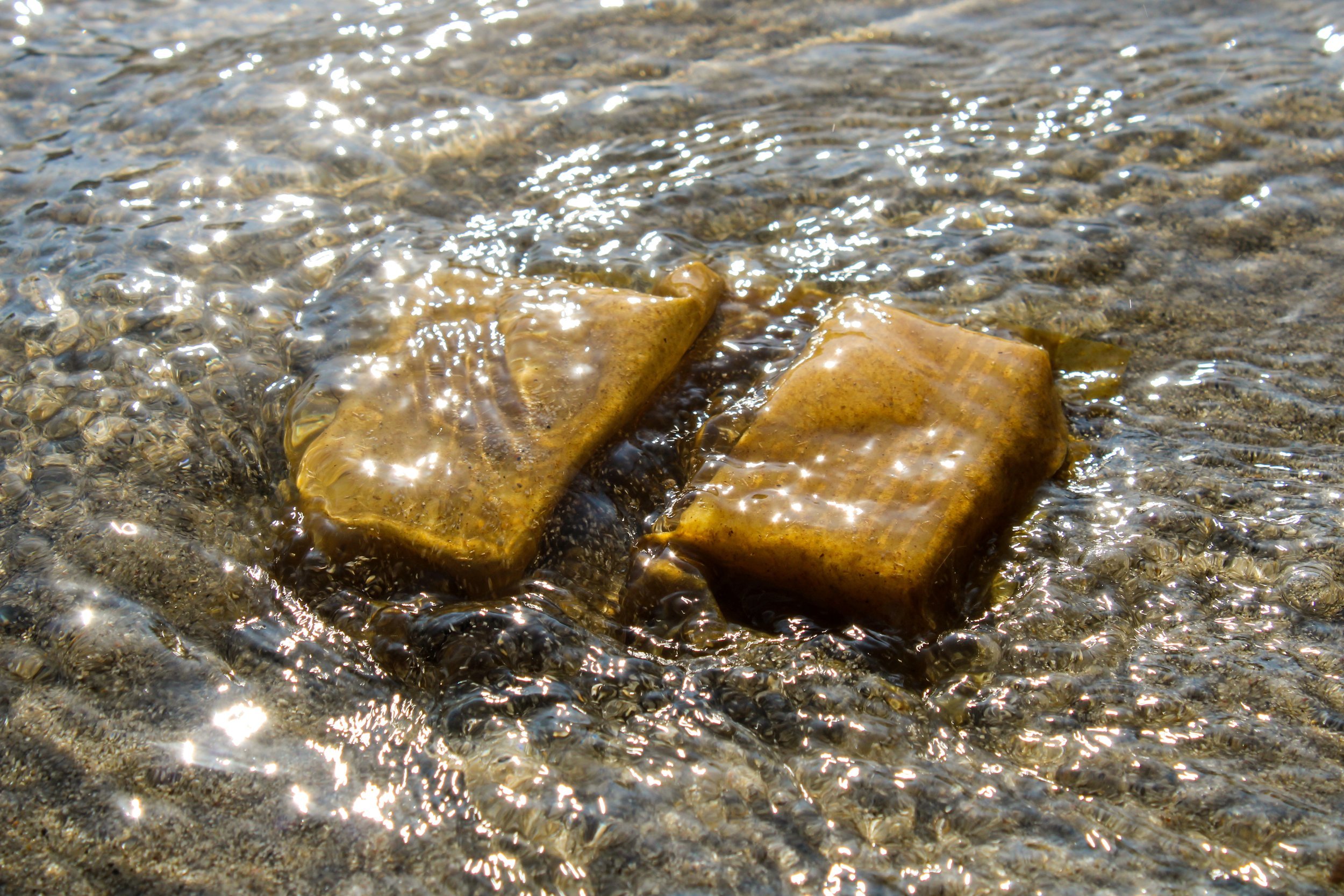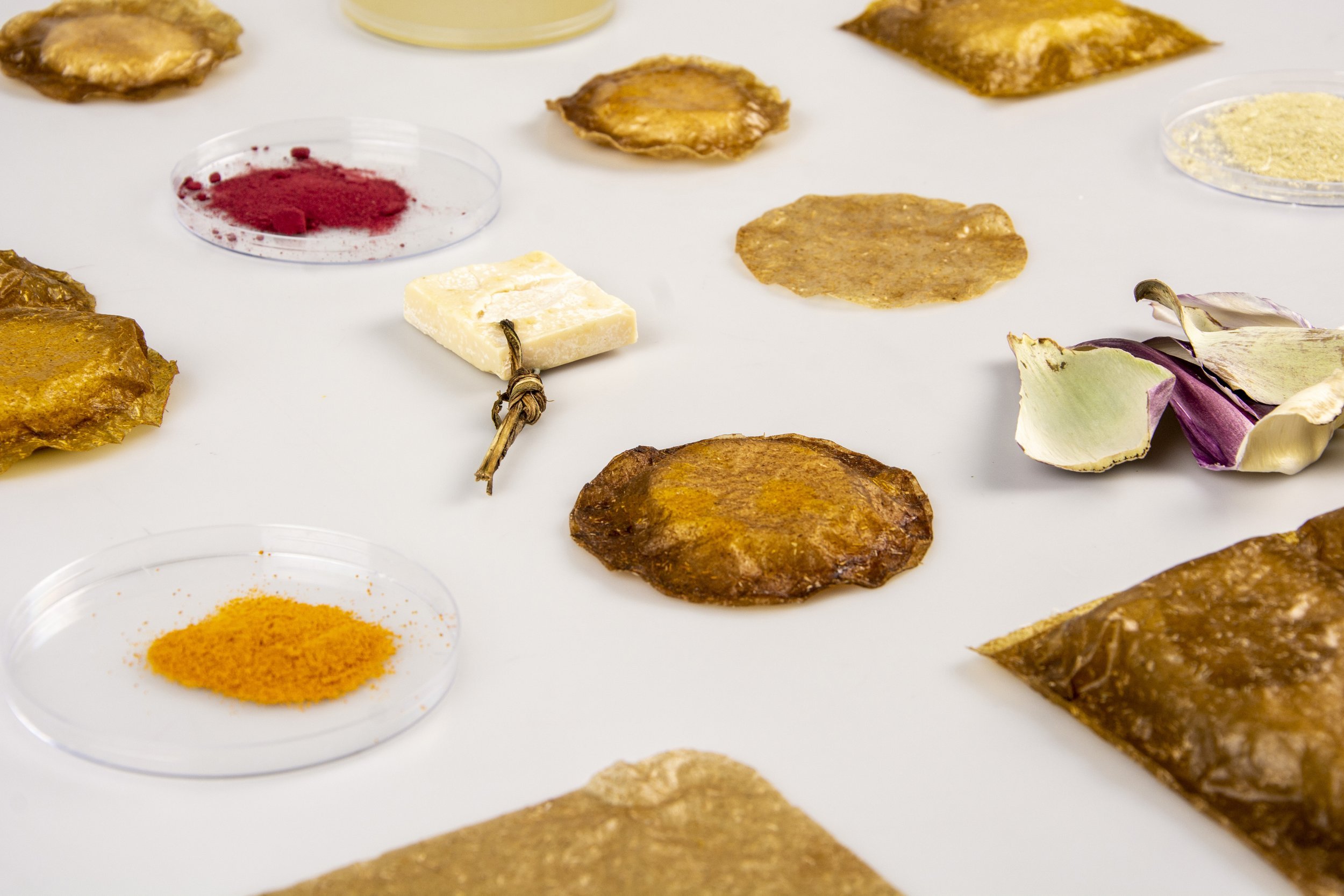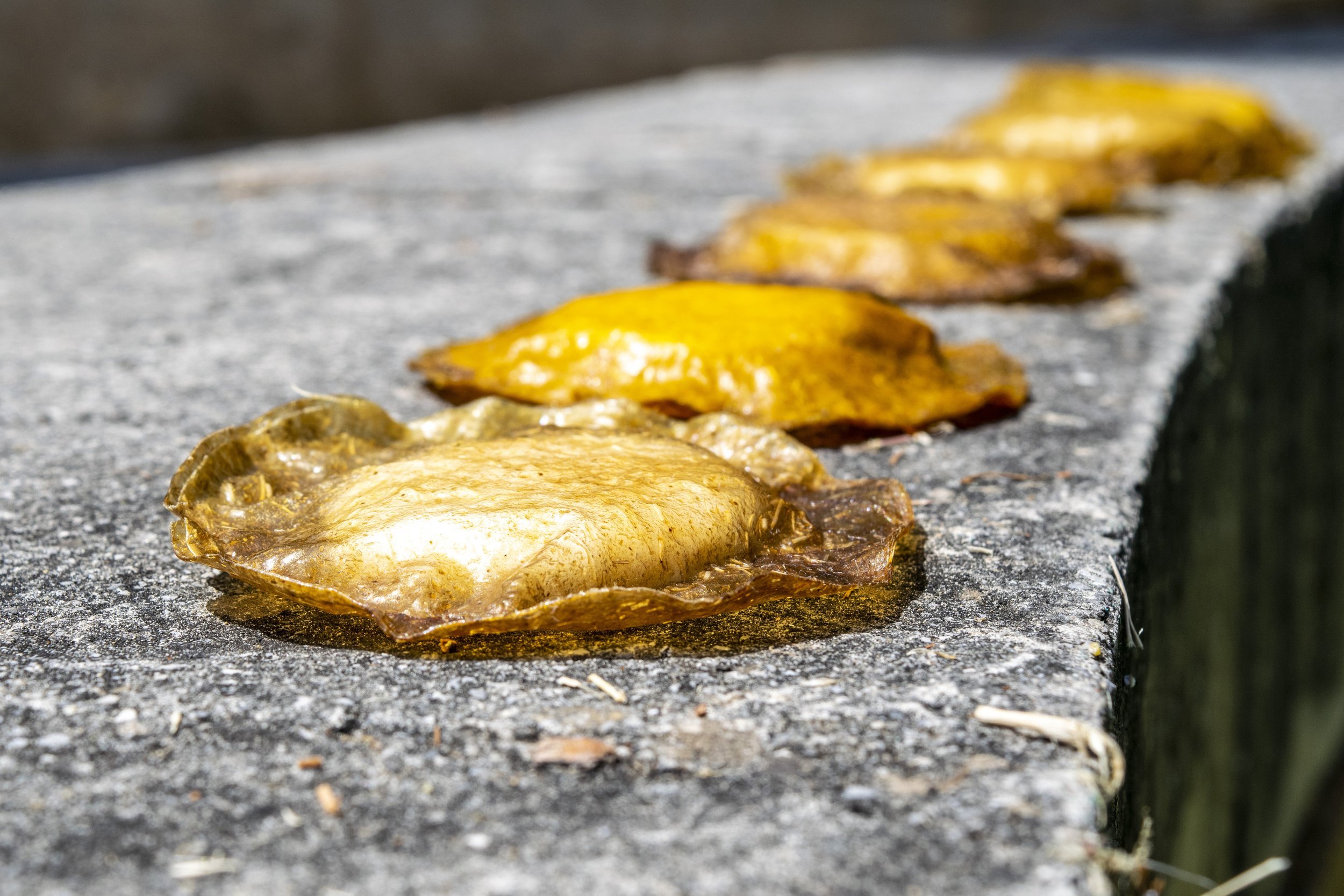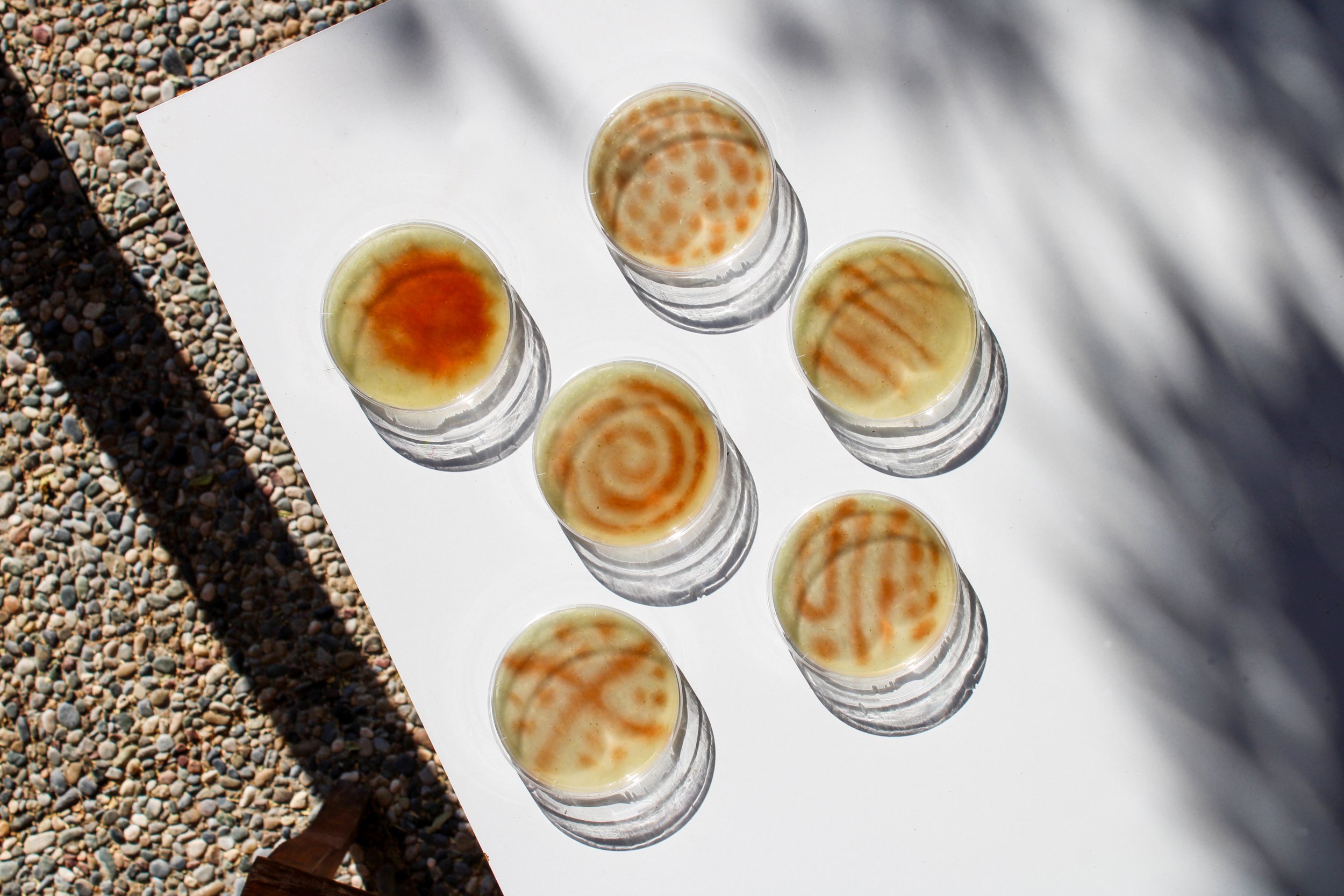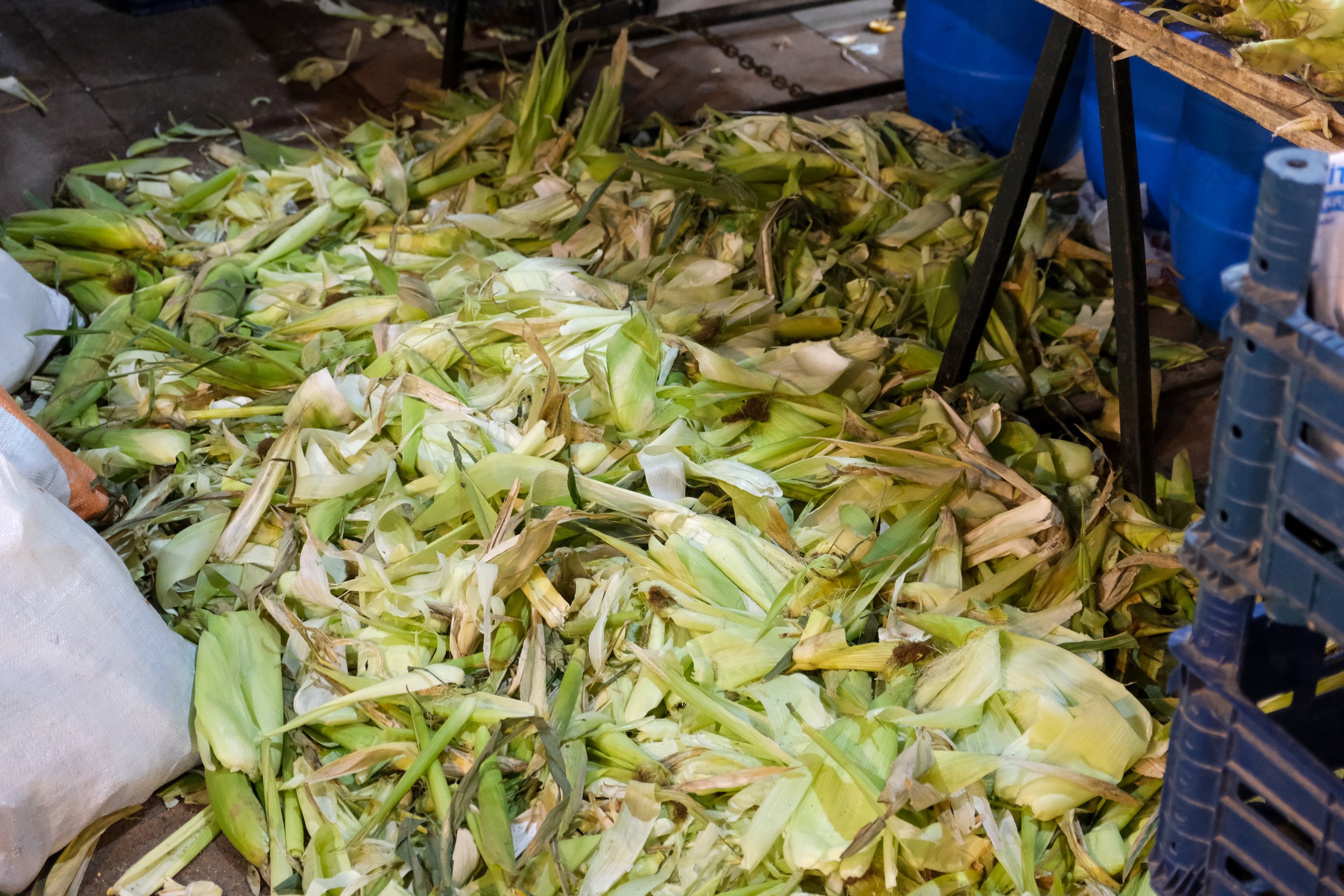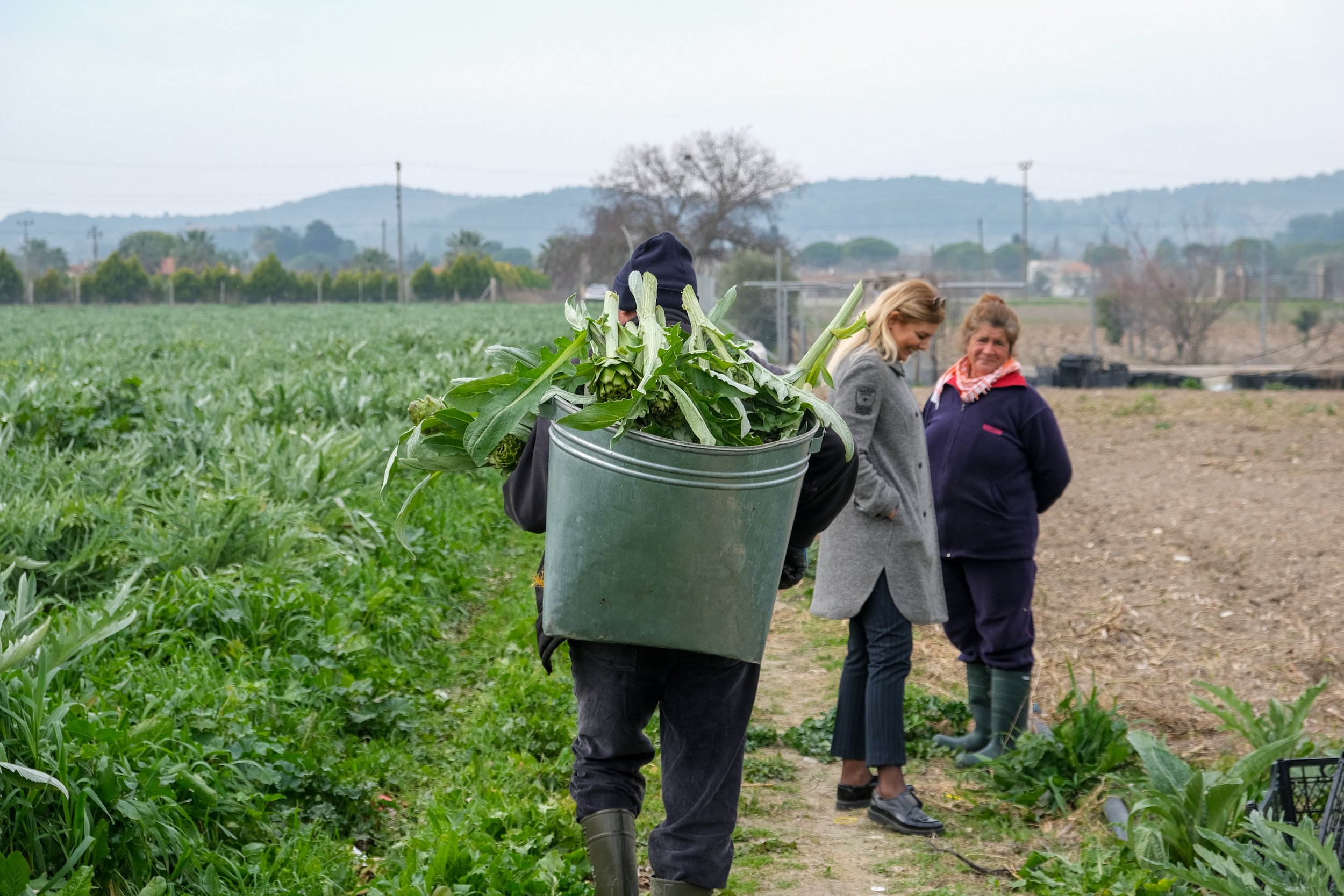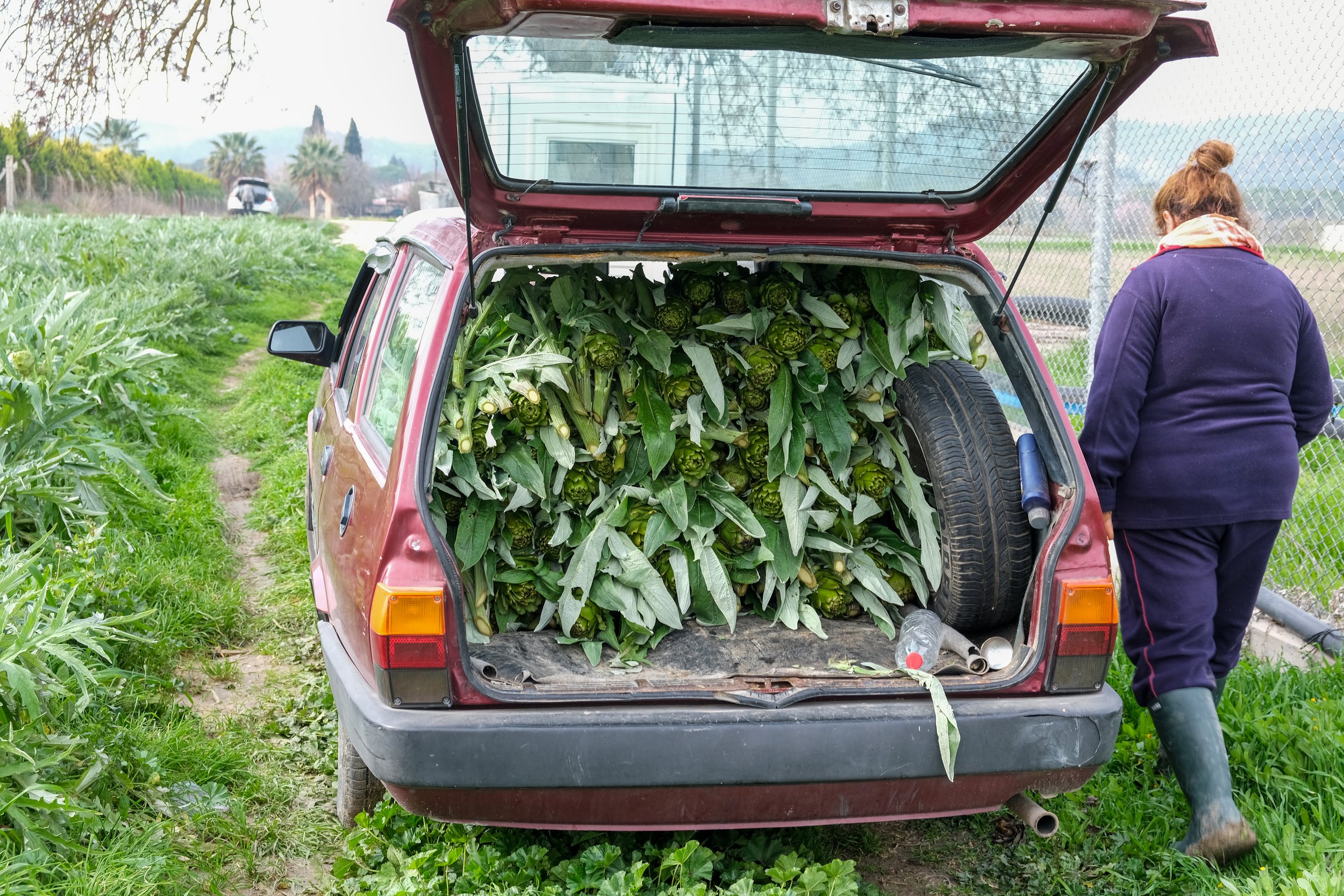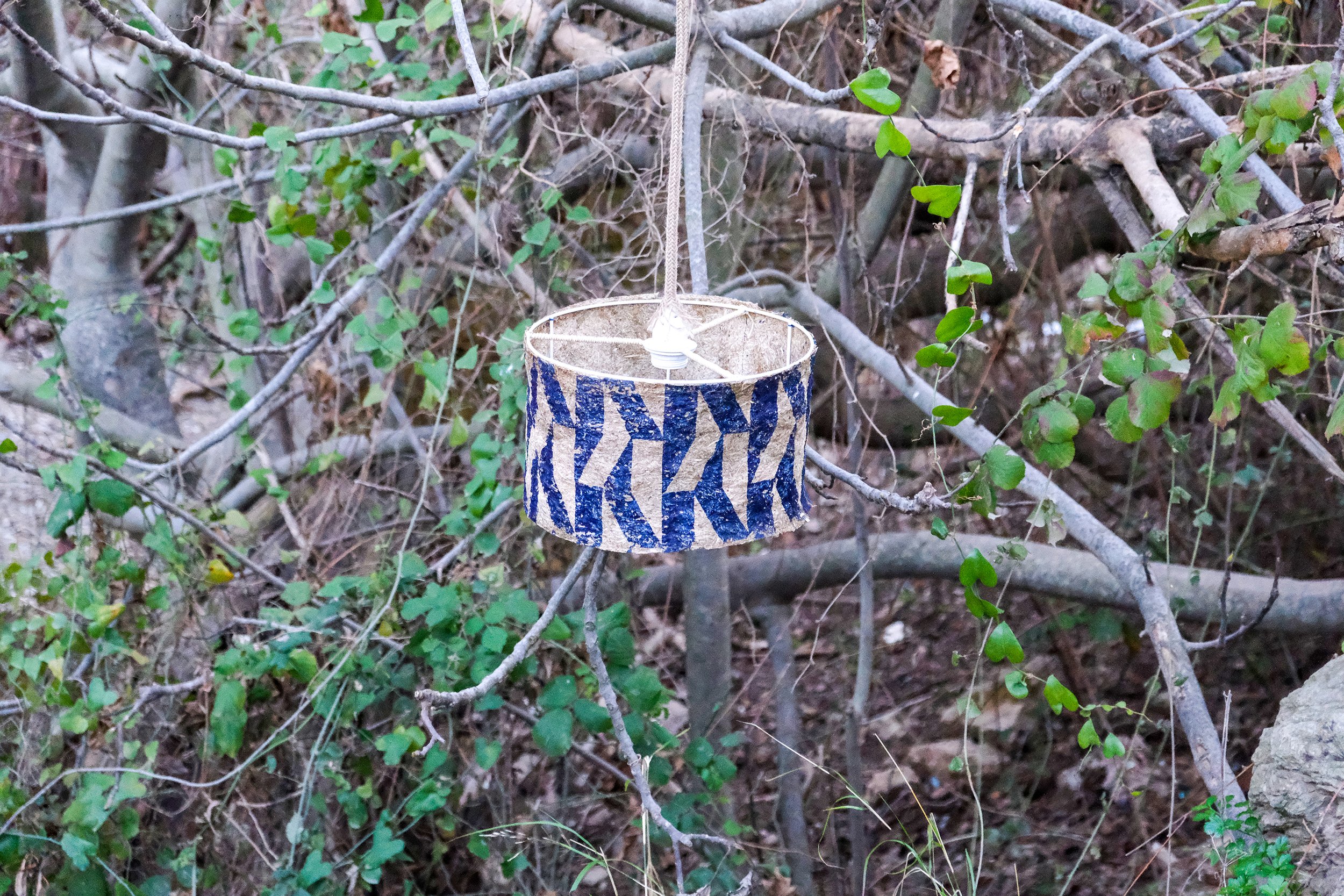The Biodesigner Transforming Artichokes Into Packaging
Alara Ertenü has just launched her new design studio, specialising in bio-based solutions
Words by Sujata Burman. Images by Alara Ertnú
“I made approximately 200 material samples before I landed on Packioli,” says Turkish designer Alara Ertenü, founder of the newly established Alara Ertenü Studio, a practice that specialises in bio-based materials. Ertenü’s 100% biodegradable packaging was inspired by two problems: the fact that the global cosmetics industry creates over 120 billion units of packaging every year; and in the agriculture sector, on average 80% of each artichoke goes to waste. Her solution is ‘Packioli’, a soap packaging made from agricultural waste, specifically artichoke leaves and pea pods.
Ertenü’s enthusiasm for biomaterials started during her third year on the Industrial Design course at Izmir University of Economics in Turkey. “We were participating in the Biodesign Challenge 2022, and it was the first time I got the chance to work with bioengineers and food engineers,” she tells Looms. The entry was titled ‘Bio-balloon’, and offered a bio-based material solution for a universal and celebratory design: latex or rubber balloons. The blueprint was intended to be DIY, to encourage children and the next generation to start thinking more responsibly.
Not only was the idea a winning one, it was a springboard into the world of biomaterials and biofacture for Ertenü. “I’ve always been a more analytical person,” she says of her approach to design. During the research for Bio-balloon, she soaked up all she could from the engineers, and this evolved into her own material investigations.
The making of ‘Packioli’
For ‘Packioli’, timing was key. Ertenü scoured material recipes from the platform Materiom, and at the same time visited local bazaars in Izmir with her mother. “I saw the level of waste that emerges first hand in the food bazaars – especially with artichokes – all of the stems and leaves get discarded.” A stone’s throw away, she noticed local stores selling handmade soaps. “These were covered with multiple layers of packaging,” she explains, which led her to connect the two, using her research on local waste to address the issue of packaging in the cosmetic industry.
Her experimentation started in the university lab, where she began working on the samples. Ertenü talks us through her method: “I start by turning the agricultural waste (artichokes and pea pods) into a powder form to create a bioplastic.” This is then mixed with natural binders that are 100% organic and edible, and the recipe is free from bio-based resin or glue, too. Ertenü is careful to note how much waste is still being produced during the process – “While I am converting the artichoke and pea pods into powder, there is some energy wasted” – and she is currently working on how to minimise this. For the mustard-hued palette of the packaging, Ertenü uses beetroot and turmeric in the same powder formula. For the seal, she tested heat and flow packaging techniques that organically led to “the shape that reminded me of ravioli, hence the name ‘Packioli’,” she says. After the packaging is opened, it can biodegrade in 10 to 15 days.
The next steps in bio-based design innovation
Now in her fourth year at university, Ertenü is still in the early stages of her biomaterial journey. She has been inspired by many biotech designs, including sustainable leather alternative Mylo Unleather, biomanufacturing company BIOHM, and MyCeen, who grow compostable furniture. Motivated by her initial groundwork, she has just established her own studio, which she describes as “placing bio-based materials and zero-waste at the heart of all design decisions, for a circular transition in product design.”
While it may seem that material innovation is the most challenging part of Ertenü’s work, it is actually the moment after making the products that she has found more difficult. “Pitching the project and actually finding partners who want to take action for change is the hardest part,” she says. Since the launch of ‘Packioli’ at Dutch Design Week in 2022, she’s been talking to small- and large-scale artichoke growers and frozen food companies who are interested in the idea. “To innovate and create products that have an impact, there needs to be a restructure of systems,” she says of how viable ‘Packioli’ could be as a packaging alternative.
Her latest work, ‘Lampunto’, transforms waste found in the home. Using corn leaves, potato peels and pea pods sourced from her own garden, she has produced a series of pendant lamps. The project takes her design method a step further, to show how these types of food waste can be transformed into 2D and 3D handcrafted designs. The biomaterials have been screen printed with two unique patterns, showcased during Milan Design Week 2023. ‘Lampunto’ has an added personal touch, too, as she had taken the production out of the university lab – “I am making these right at home.”
Follow Alara Ertenü and her new studio on Instagram to stay up to date with her latest innovations.



